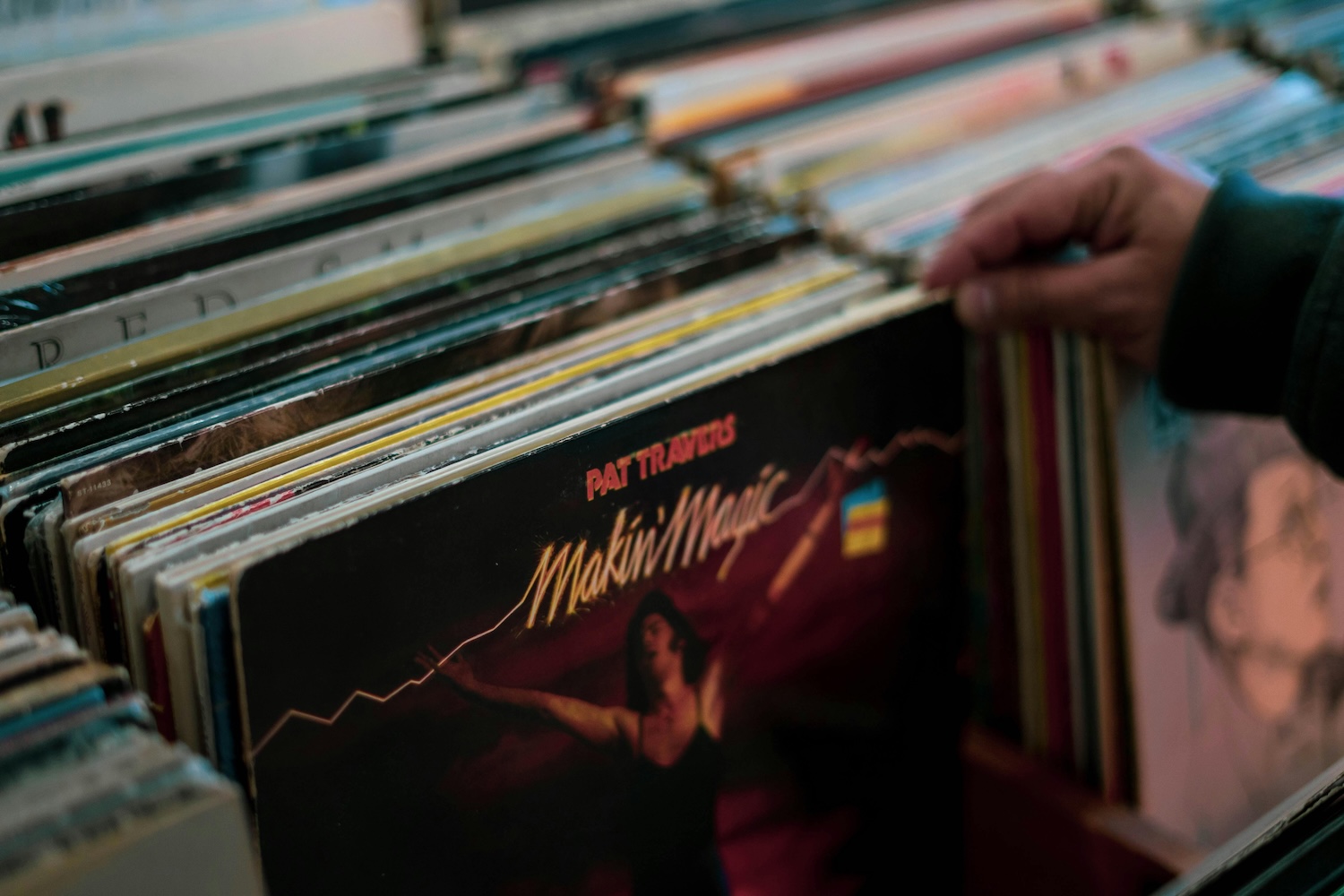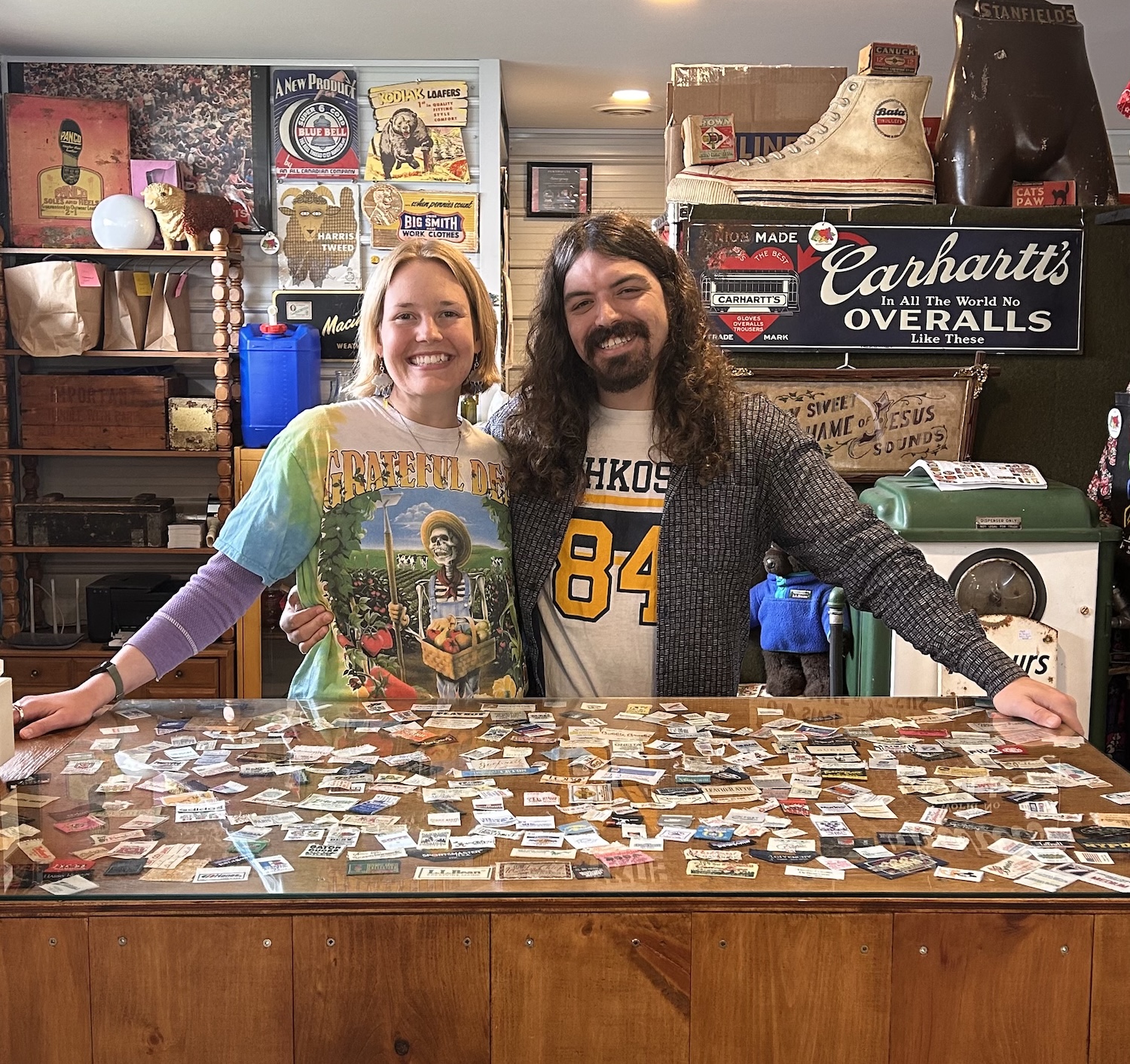
New to shopping at an antique mall? Here’s what to do
Intimidated by antique malls? Don’t be! We have tips on how to shop them. Just be sure to clear your calendar for the day, because once you start browsing booths in search of bargains, you’ll be hooked
Some say malls are fading from our commercial landscape. Relics of a retail era that’s losing its place, many once-bustling malls have shuttered their doors, or, at the very least, struggled with long-vacated vendors.
While that may be true for malls of the big box variety, the ones built on fast fashion and food courts, for those of us drawn to patina over polish, there’s still one kind of mall that holds its charm.
The antique kind.
Replace the aroma of cinnamon buns and perfume dupes with lemon oil on old wooden furniture. Swap fluorescent racks of the latest viral loungewear set with shelves of Depression glass, hand-thrown pottery and perfectly faded denim. While still a mall in name, antique malls trade fast for found, and new for storied.
Antique malls exist in a category all of their own: filled with history, a veritable hunting ground and truly unlike any other shopping experience.
What is an antique mall?
With rows upon rows of tiny, individual shops or booths, each curated by a different vendor, each with their own aesthetic, era of focus, and specialties, antique malls are a mecca of vintage, all tucked under one roof.
The standard structure is one in which vendors are offered space for rent that they can curate with items in their preferred style of antique or vintage speciality. Imagine shelves of mid-century atomic chrome kitchenware, or romantic postcards that have travelled up and down the East Coast, or collectible vinyl records, or a booth boutique of designer clothing, or a staged recreation of a perfect 1970 living room—with browns and oranges aplenty.
Depending on the size of the antique mall, shoppers can find rare Beatles memorabilia mixed with vintage Levis, Depression glass and working Underwood typewriters, and walls adored with rare topographic maps and dangling costume jewellery. It’s part boutique and part time capsule (and the prices will vary as much as the inventory).
The pricing structure of antique malls
Typically, each item within a booth of an antique mall will be individually priced and tagged by the vendor, usually with a booth number, date or colour code.
The set-up more closely resembles a flea market than a single store (or a shoppable museum, depending on the rarity and fragility of the inventory).
Shoppers bring their purchases to the front desk when they’re ready to buy or if they have questions about an item. With a central cashier for the mall, there’s no dealing with the vendor directly.
If you’re wondering if there’s room to negotiate, the answer is, usually, no. Since the vendors aren’t present, prices tend to be firm with rare exceptions when clearly marked otherwise.
Cash and cards are both accepted most of the time these days, though it does not hurt to have a bit of cash on hand, especially in rural locations. Know that sales are likely to be final, so inspect your finds accordingly. Final prices will also include the addition of sales tax.
Tip: Many antique malls run store-wide sales on long weekends or holidays, and some vendors offer booth-specific discounts (so keep your eyes peeled for sale signs or red tags!).
Where to find antique malls near you
Unless you’re intentionally on the hunt, antique malls and serendipity seem to go hand-in-hand.
Often stumbled upon along the outskirts of major cities, antique malls might be found tucked into old barns, converted warehouses or forgotten strip malls.
Our top tips:
- Look for names that play on nostalgia like “Ye Olde…” or “Vintage Shoppe” when searching maps for your antiquing route. “Antique barn” may also yield results.
- Use our antique mall directory to find one near you. You might be surprised how many are hiding in plain sight.
- The bigger the mall, the better. Some will even have multiple floors of treasures to peruse. Many also offer ample free parking and room to roam, which is ideal for a lazy Saturday or spontaneous road trip.
Continued below
Find antique malls near you
Browse our directory
Continued from above
How to shop: Antique mall etiquette
While there’s no formal rulebook, it can help to shop by a few golden guidelines to make the experience smoother for everyone:
- Resist the urge to mix items into multiple booths and put things back where you found them. While the items are tagged by booth number, vendors may think their inventory has gone missing but it’s just in someone else’s booth.
- Tempting as it may be, try not to borrow a chair from one booth to test at a table in another (and worse, leave it there). Remember that vendors design their displays with careful thought (and depend on them to sell their wares).
- Handle all items with care. While it’s usually okay to touch pieces you intend to buy, many are old and fragile. On the unfortunate occasion something accidentally breaks, just let staff know right away.
- Look thoroughly but respectfully. It pays to carefully inspect items before you buy them — you just might find bonus treasure! Open drawers and boxes. Peek under the tablecloth. Flip through the books. Just be gentle and keep the space tidy for the next curious browser.
Insider tips for shopping at an antique mall
Seasoned vintage shoppers know: antique malls are not a 20-minute errand. They can sometimes be a whole-day affair. Here’s how to make the most of the experience:
- Plan to be there at least a couple hours. You probably won’t be able to make a dent in it unless you do at least a half day.
- Do a couple laps. The first round is just to get your bearings but the second is when the real treasures start to reveal themselves.
- Look up on your tiptoes and squat down to get a lower perspective. Sometimes gems aren’t at eye level.
- Follow your favourite vendors and keep an eye on their restock dates. Some booths are constantly refreshed, but others might not be.
- Come prepared with a tote bag, a measuring tape, a blacklight (to find uranium glass) and maybe even a notebook.
- Dress comfortably for a strolling pace.
- Share your finds. Tag the vendor or mall on social media to help small sellers and build community.
Note: Accessibility varies by location. Some malls are fully wheelchair-accessible but some barely have room to manoeuvre. If mobility is a concern, call ahead to check.
What to buy at an antique mall
You don’t need a collection to start collecting. Here are a few evergreen favourites you’ll spot at most antique malls:
- Vintage kitchenware like Pyrex, enamelware, cast iron skillets
- Colourful glassware, hand-thrown pottery and ceramics
- Quirky paintings and prints
- First-edition and out-of-print books
- Quirky vintage sweaters
- Party dresses and vintage accessories for your next soiree
- Hand-embroidered linen napkins, floral bedsheets, retro aprons
- Cedar chests and mid-century chairs
- Postcards, maps and other ephemera
Curious about becoming an antique mall vendor?
If you’re a buyer passionate about sharing a love for antiques and vintage and your attic is starting to look like a showroom, you might be ready for your own booth.
Start small and curate carefully. Be mindful about what makes your own finds stand out from the sea of other collectors. Instead of focusing on what’s valuable, think about what tells an enticing story.
Many antique malls have a waitlist, but if and when you secure a spot, it’s a rewarding way to share your treasures (and make some space at home to collect more).
Check out our Vendor Tip Sheets on Renting an Antique Mall Booth and Merchandising a Vintage Booth for more advice on getting started — just sign up for a free account to download them.
Krista Montelpare is a freelance writer and vintage seller living in Ontario.
Thank you for valuing our work!
Support our work to see this page.
You’ve got a good eye, but this gem is only available for members. Register for a plan or upgrade your current one to peek behind this vintage curtain, or log in below.














